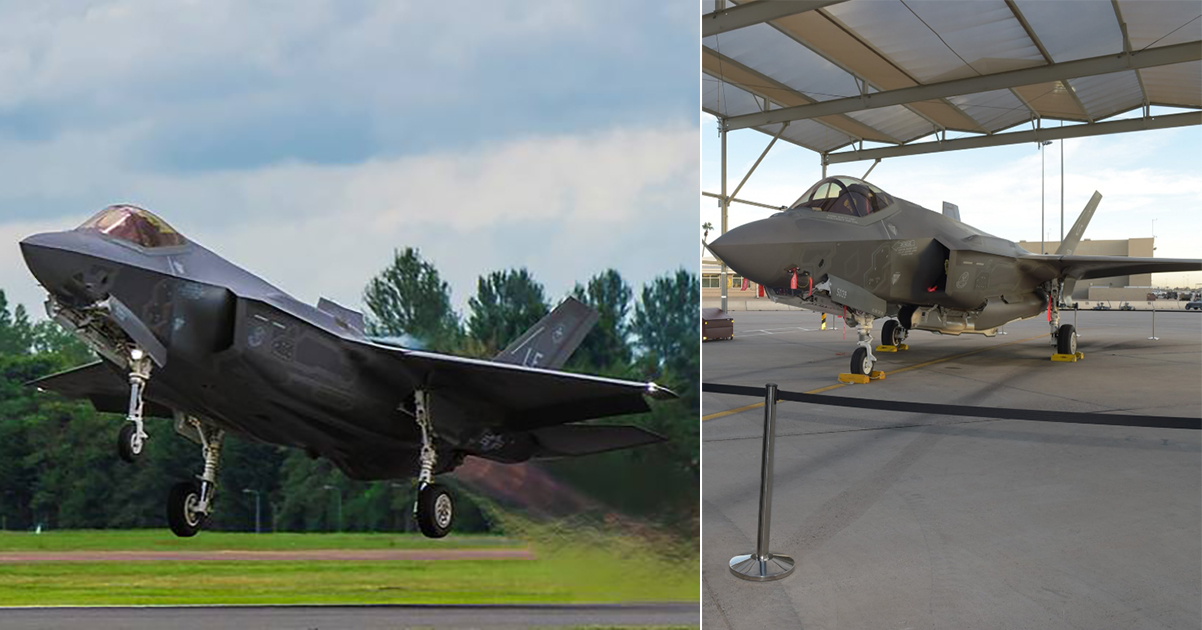Singapore could potentially buy up to 12 F-35B fighter jets, as well as related equipment, from the United States at an estimated cost of US$2.75 billion (S$3.7 billion).
The potential sale has been given the go-ahead in principle, but has to be approved by the U.S. Congress.
The US Defense Security Cooperation Agency said in a press release on Jan. 9 that the Singapore government had requested to buy four F-35B aircraft.
An option to purchase an additional eight more, and up to 13 engine parts, unspecified electronic warfare systems and logistics and training systems has also been included.
The US Defense Security Cooperation Agency oversees security cooperation programmes with other countries.
Singapore's decision to buy the F-35 stealth fighters was announced in January 2019 by Singapore’s Ministry of Defence.
The new planes will replace the Republic of Singapore Air Force’s ageing F-16s that have been in service since 1998 and will be rendered obsolete after 2030.
More advanced
The latest F-35B, or the “B variant” of the aircraft, can take off from shorter runways and land vertically.
Its maker, Lockheed Martin, said the “B variant” was designed to operate near frontline combat zones, taking off from austere bases and a range of air-capable ships.
The “A variant” is cheaper, but can only perform conventional take-offs and landings from longer runways.
Singapore 4th country to own F-35B planes
Singapore will be the fourth country in the Asia-Pacific region to own F-35 aircraft.
Australia, Japan and South Korea already do so.
The US Defense Security Cooperation Agency said Singapore will have “no difficulty” absorbing the aircraft into its armed forces.
It also said the sale of the aircraft will not alter the basic military balance in the region.
This assurance appeared to have been issued following media reports that Singapore was buying planes in response to a regional country's growing ambition.
The agency said: “This proposed sale of F-35s will augment Singapore’s operational aircraft inventory and enhance its air-to-air and air-to-ground self-defense capability, adding to an effective deterrence to defend its borders and contribute to coalition operations with other allied and partner forces.”
If you like what you read, follow us on Facebook, Instagram, Twitter and Telegram to get the latest updates.
